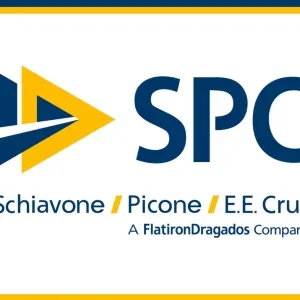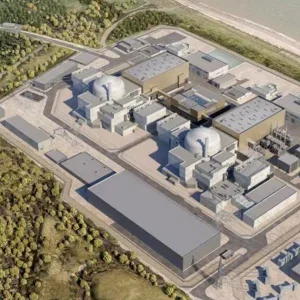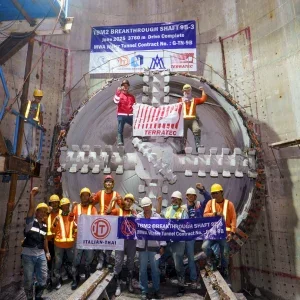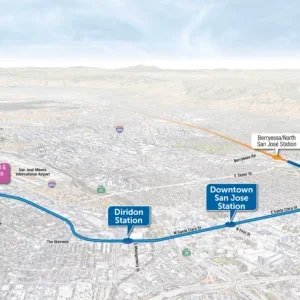The 140-tonne Herrenknecht TBM, named Christine, took four months to bore 2.5km from the launch shaft in Hurst, navigating difficult terrain caused by the chalk aquifer across the route.
As the route to the breakthrough in Crayford passed through the aquifer, there was the risk of high-pressure water leakage flowing into the shaft. However, by flooding the shaft, the Hochtief Murphy Joint Venture tunnelling team was able to balance the water pressure, creating the conditions to allow sealing gel to cure before draining down.
The TBM was also refurbished and modified to operate in these conditions.
The breakthrough took place in three stages, which allowed the team to dismantle the TBM in three parts. The TBM was lifted from the shaft in an eight-day operation.
This is the third drive to be completed on the project, marking 26.8km of built tunnel. Tunnelling will be completed with the breakthrough of the two remaining drives – a total of 5.5km – later this year. Four TBMs are working on the project.
LPT project manager Malcolm Casewell said the breakthrough at Crayford was unique on the project.

“Ensuring Christine was fit for an underwater breakthrough was a great challenge and I’m proud of what we’ve achieved today alongside our engineering partners, HMJV and Herrenknecht,” he said.
LPT is a £1bn, seven-year project to rewire and future-proof London for increasing demand through the construction of underground tunnels to house electrical cables that can be easily replaced and supplemented as the city grows. In total, 32.5km of 3m-diameter tunnels are being built up to 60m below ground between Wimbledon in south-west London and Crayford in the south-east, which will carry high voltage electricity cables.
It will be operational in 2027.







